
Products

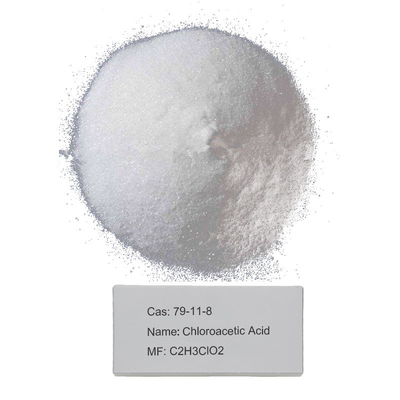
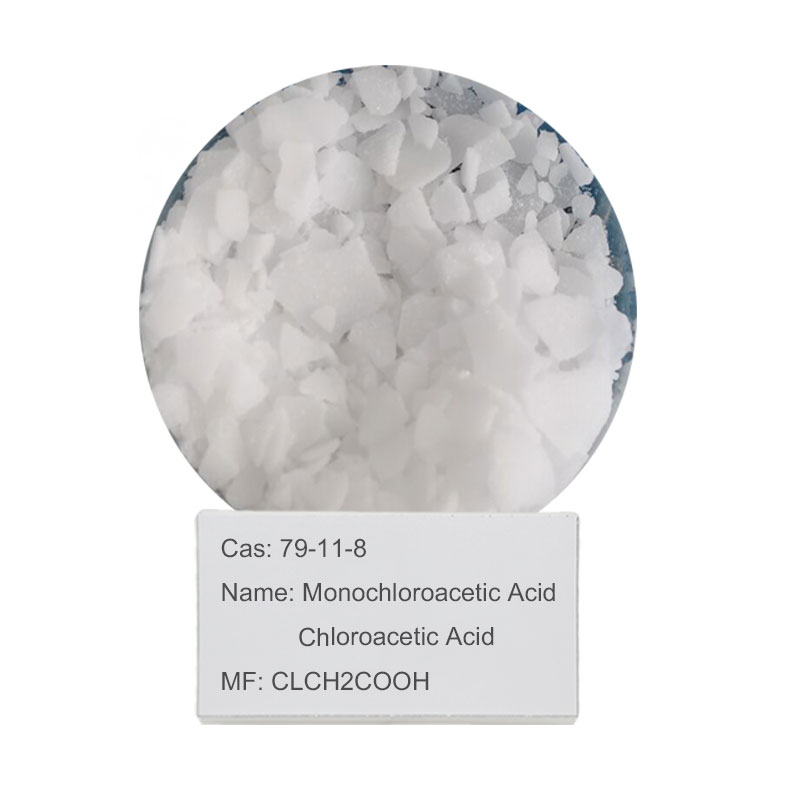
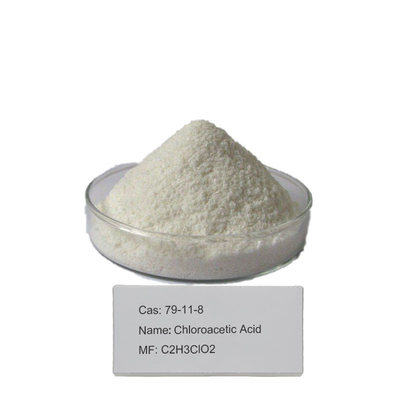
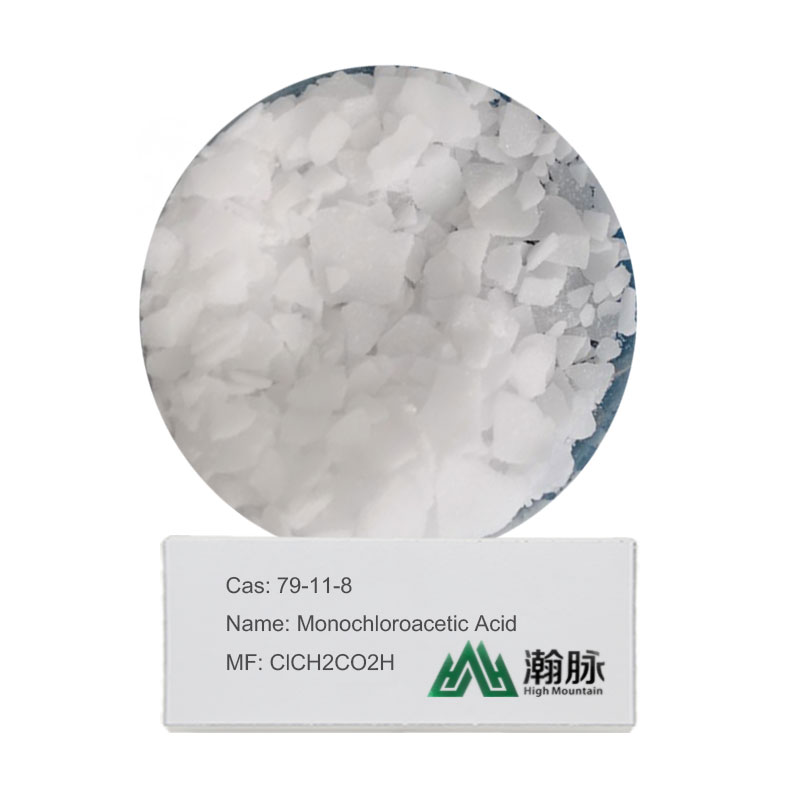
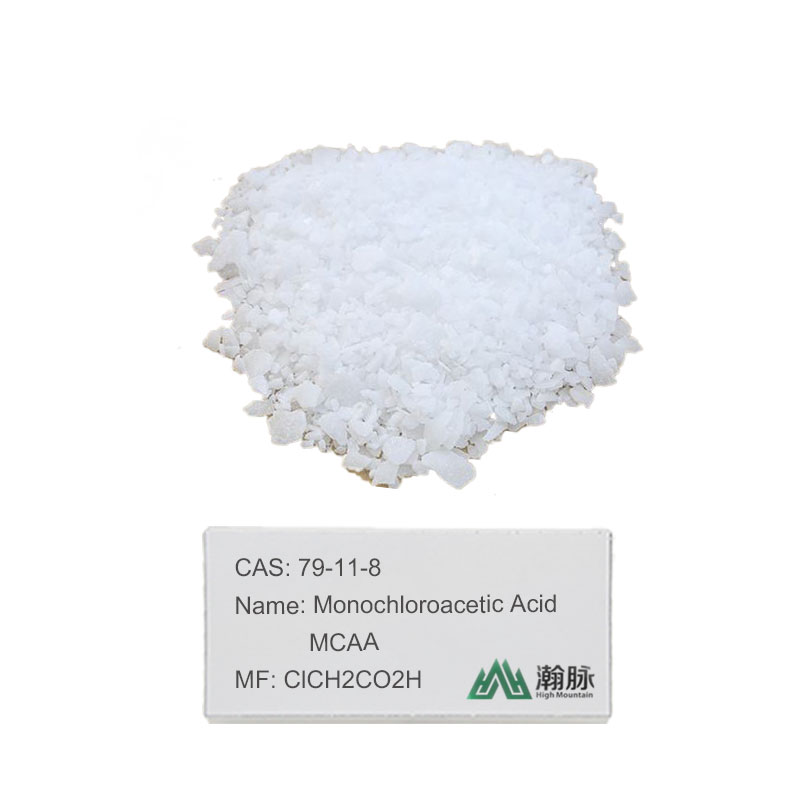
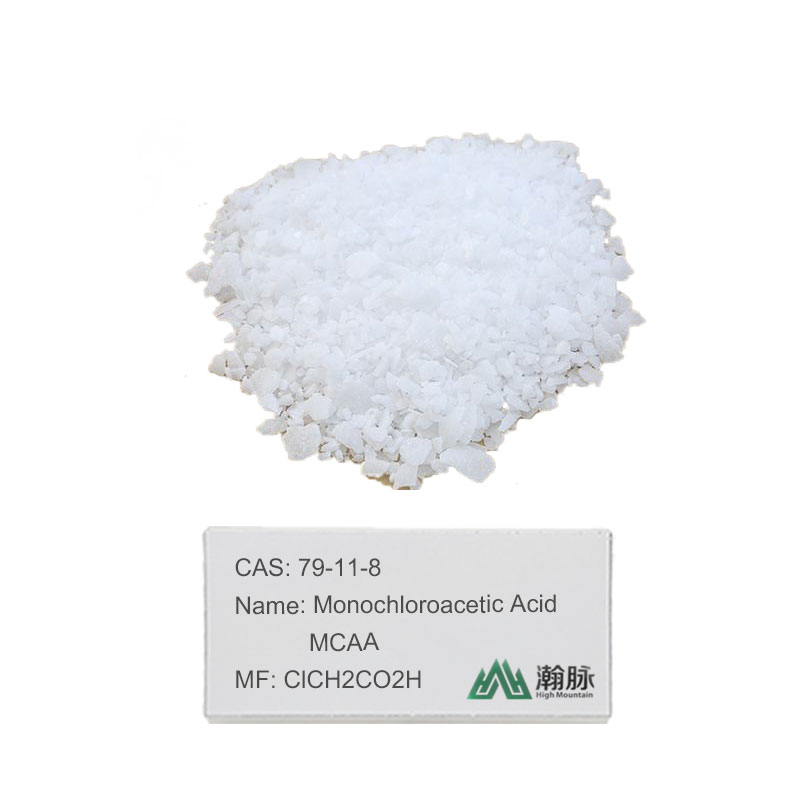
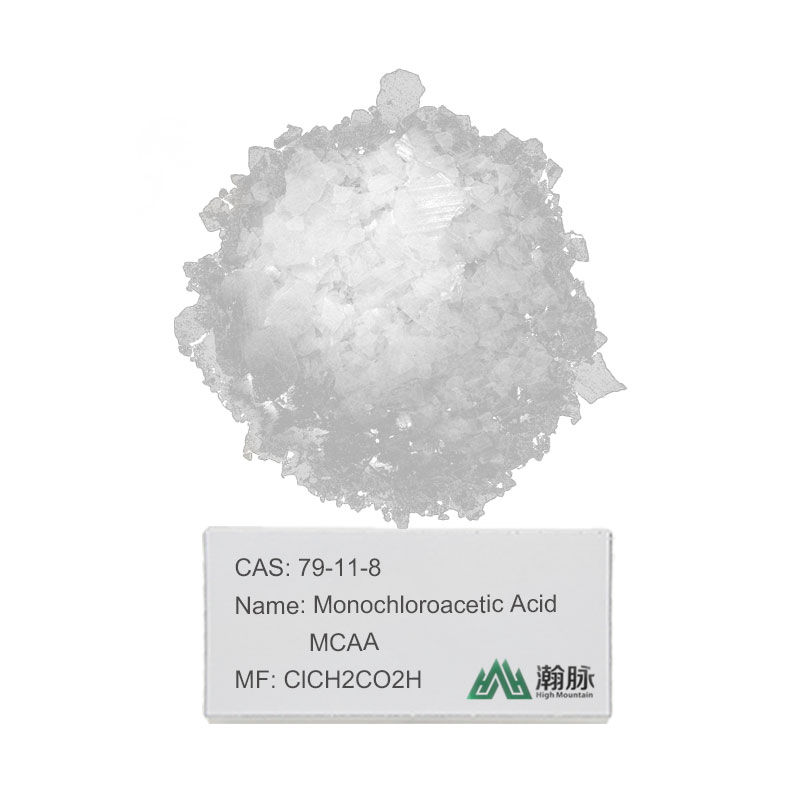
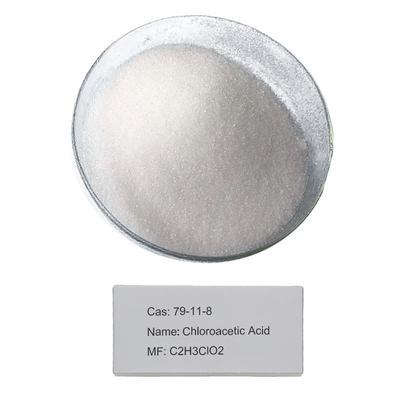
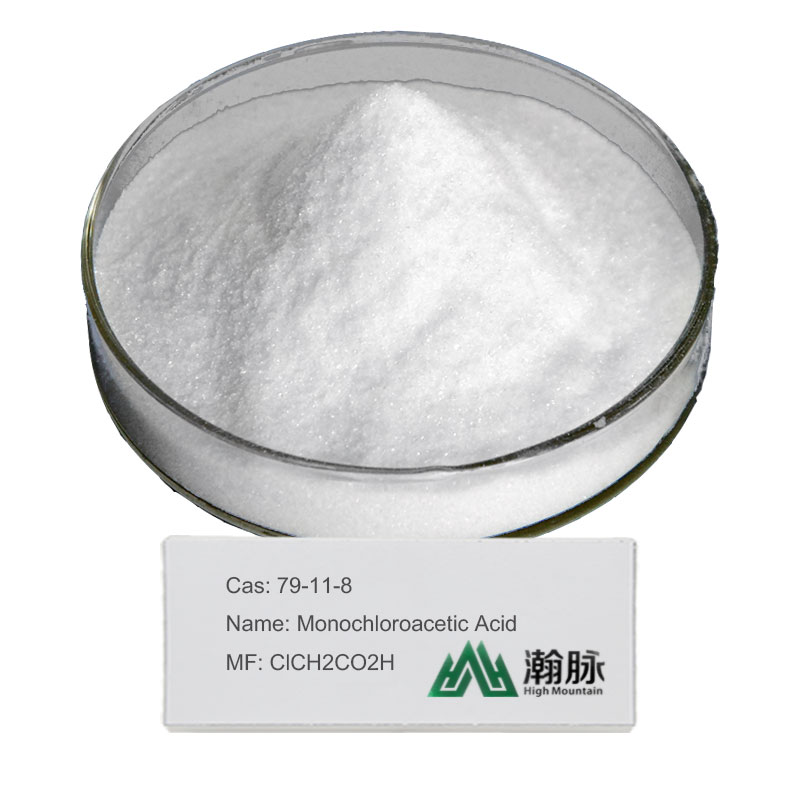
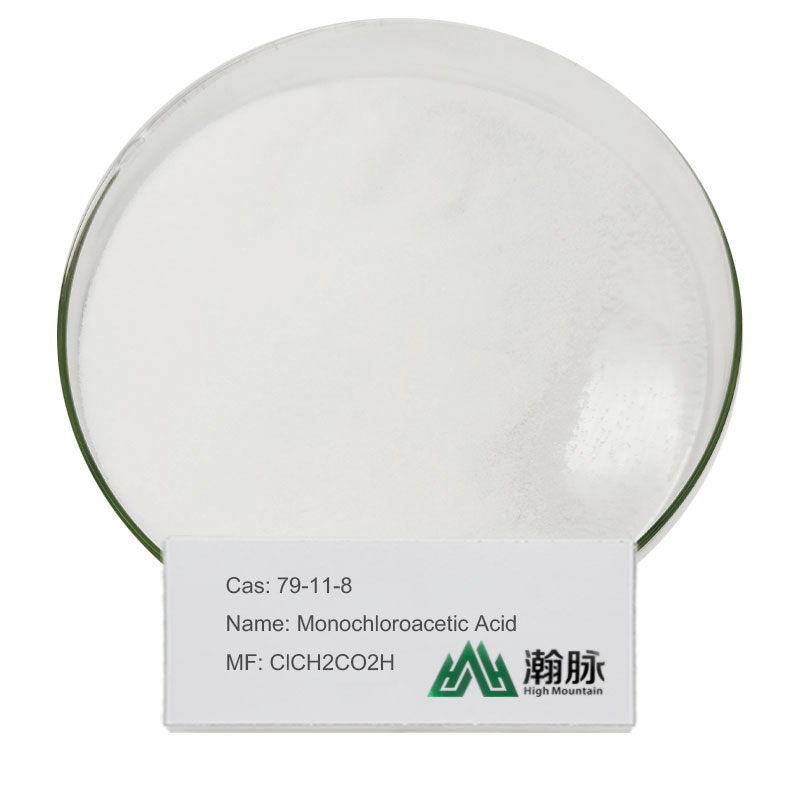
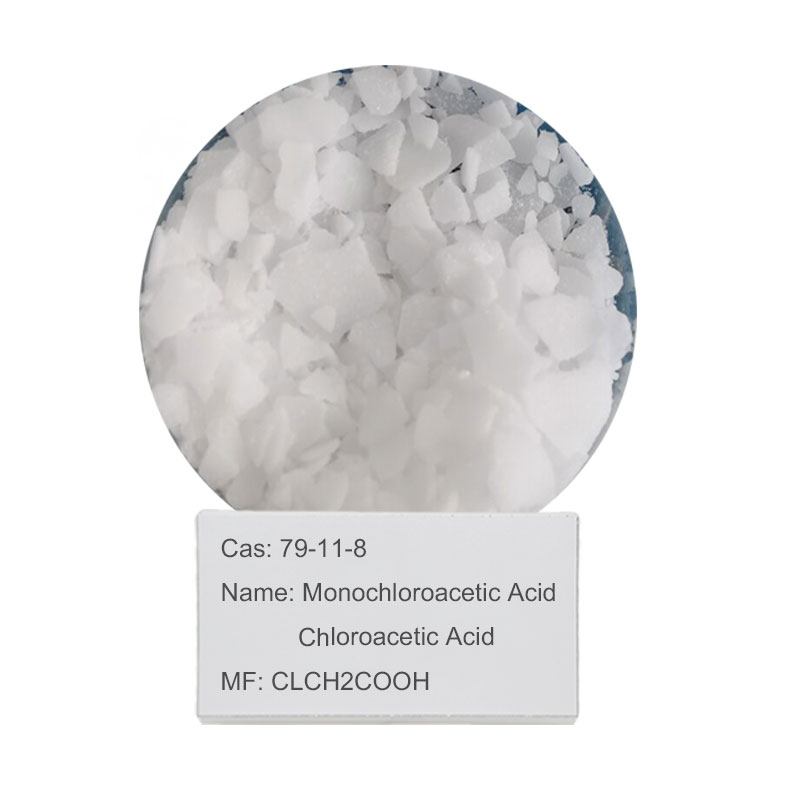
| Name | Chloroacetic acid |
|---|---|
| Synonyms |
chloroacetate Chloroacetic acid acidechloroacetique Monochloroacetic acid Acidomonocloroacetico acidemonochloracetique Mono Chloro Acetic Acid alpha-Chloroacetic acid Chloroacetic acid, mono- acidechloroacetique(french) acidemonochloracetique(solide) acidemonochloracetique(french) acidemonochloracetique(solutions) |
| CAS | 79-11-8 |
| EINECS | 201-178-4 |
| InChI | InChI=1/C2H3ClO2/c3-1-2(4)5/h1H2,(H,4,5)/p-1 |
| Molecular Formula | C2H3ClO2 |
|---|---|
| Molar Mass | 94.5 |
| Density | 1.58 |
| Melting Point | 60-63 °C (lit.) |
| Boling Point | 189 °C (lit.) |
| Flash Point | 126°C |
| Water Solubility | SOLUBLE |
| Solubility | Soluble in methanol, acetone, diethyl ether, benzene, chloroform and ethanol. |
| Vapor Presure | 0.75 mm Hg ( 20 °C) |
| Vapor Density | 3.26 (vs air) |
| Appearance | Liquid |
| Color | White |
| Odor | Penetrating, burning odor |
| Merck | 14,2112 |
| BRN | 605438 |
| pKa | 2.85(at 25℃) |
| Storage Condition | Store below +30°C. |
| Stability | Stable. Deliquescent. Incompatible with strong bases, alkalies, most common metals, strong oxidizing agents. |
| Sensitive | Hygroscopic |
| Explosive Limit | 8% |
| Refractive Index | 1.4330 |
| Physical and Chemical Properties |
Colorless or light yellow crystals, irritating odor, easy deliquescence. There is a strong corrosive. melting point 63 ℃(α-type) boiling point 187.85 ℃ freezing point relative density 1.4040 refractive index 1.4330 flash point solubility: soluble in water and ethanol, most organic solvents such as ether. |
| Use | Dye Industry for the production of indigo dyes; Pharmaceutical industry for the synthesis of caffeine, barbiturate, epinephrine; Pesticide industry for the manufacture of dimethoate, herbicides |
| Risk Codes |
R25 - Toxic if swallowed R34 - Causes burns R50 - Very Toxic to aquatic organisms R40 - Limited evidence of a carcinogenic effect R36/37/38 - Irritating to eyes, respiratory system and skin. R23/24/25 - Toxic by inhalation, in contact with skin and if swallowed. R38 - Irritating to the skin |
|---|---|
| Safety Description |
S23 - Do not breathe vapour. S37 - Wear suitable gloves. S45 - In case of accident or if you feel unwell, seek medical advice immediately (show the label whenever possible.) S61 - Avoid release to the environment. Refer to special instructions / safety data sheets. S36 - Wear suitable protective clothing. S26 - In case of contact with eyes, rinse immediately with plenty of water and seek medical advice. S16 - Keep away from sources of ignition. S63 - S36/37/39 - Wear suitable protective clothing, gloves and eye/face protection. |
| UN IDs | UN 1751 6.1/PG 2 |
| WGK Germany | 2 |
| RTECS | AF8575000 |
| FLUKA BRAND F CODES | 3 |
| TSCA | Yes |
| HS Code | 29154000 |
| Hazard Class | 6.1 |
| Packing Group | II |
colorless or light yellow crystals, irritating odor, easy deliquescence. Strong corrosive, can corrode the skin, damage all non-precious metals, rubber and wood. Soluble in water and ethanol, ether and other most organic solvents. There are four types of crystals.
This product is an organic chemical raw materials, mainly used as pesticides, pharmaceuticals and dyes intermediates. Pesticide industry for the production of dimethoate, herbicide 2,4-D and butyl ester, 2,4 ,5-T, thiocyanacetic acid and a naphthalene acetic acid; Pharmaceutical industry for the synthesis of caffeine, barbiturate, epinephrine, vitamin B. And glycine; Used in the dye industry for the production of indigo dyes. Chloroacetic acid can also be used in the production of carboxymethyl cellulose (CMC) and non-ferrous metal flotation agent 2-200#, can also be used as a
1. The acetic acid chlorination method is obtained by directly chlorination of acetic acid with chlorine gas in the presence of a catalyst such as iodine, phosphorus, sulfur or a halide of phosphorus and sulfur. In addition to the formation of chloroacetic acid, there are deep chlorination by-products such as dichloroacetic acid, trichloroacetic acid. The process is simple and the yield of chloroacetic acid can reach 92%.
2. The trichloroethylene hydration method uses 93% sulfuric acid as a catalyst, and the reaction temperature is about 160-180 °c. Chloroacetic acid with high purity can be obtained by this method, and the yield can reach 90%, but more hydrochloric acid is by-product.
3. The chloroethanol oxidation method was performed at 60 ° C. With 60% nitric acid, and the yield of chloroacetic acid was more than 90%. In North America to acetic acid chloride method, Western Europe to trichloroethylene water law.
China's production by acetic acid chlorination method: the quantitative glacial acetic acid is added to the reaction pot, with 3.5% sulfur powder by weight of glacial acetic acid as the catalyst, preheating to more than 90 ℃, and the appropriate amount of chlorine gas is introduced, two reaction pots were connected to each other with chlorine. The main pot was controlled at 98±2 ℃, and the auxiliary pot was controlled at 85-90 ℃, when the relative density of the materials in the reaction pan is 1.350(80 ° C.), the end point of the reaction is reached. The reactant is pumped to the acid tank, cooled and crystallized, and the liquid phase is a small amount of acetic acid, dichloroacetic acid, sulfur chloride and a small amount of chloroacetic acid. The crystal is separated and the mother liquor is pumped down to 38 ℃. About 150 of mother liquor is produced per ton of product and can be further chlorinated to dichloroacetic acid, methyl dichloroacetate and chloroform. Trichloroethylene water method at the same time the addition of water and hydrolysis: the reaction temperature of 160-180 deg C, the reaction concentration of sulfuric acid should be maintained at 93%, control the ratio of trichloroethylene and water. The consumption of sulfuric acid is not more than 30%, and 2.57t hydrochloric acid is produced as by-product. Industrial chloroacetic acid is colorless or slightly yellowish crystals. Raw material consumption quota: glacial acetic acid (98%)730kg/t, chlorine 860kg/t, sulfur 26kg/t.


